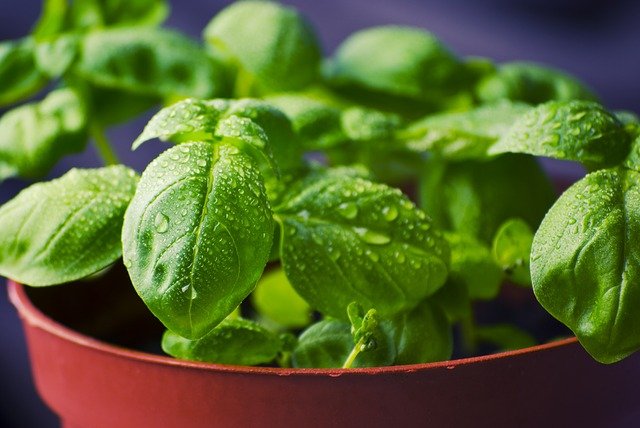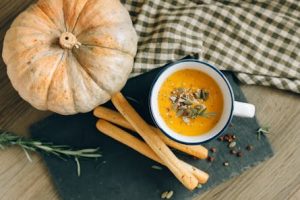Growing your own food can be both enjoyable and rewarding. Gardening has been shown to reduce stress and improve mental health. It is also a fun way to add more fresh foods to your diet.
Sometimes starting a garden from scratch can feel overwhelming. Maybe you do not think you have enough time or yard space for a garden. That is where container gardening comes in! Container gardening can be less time consuming to start and take up less space than a traditional garden. It is also a great way for beginners to start gardening.
Here are some tips for starting your container garden:
1. Choose the right containers. You can use a variety of containers for gardening, but bigger is better. It is easier to maintain your plants if the container you choose is at least 12 inches across. Containers should have drainage holes that allow extra water to seep out of the pots after watering. Make sure the containers you choose are made of material that is food safe.
2. Pick the right spot. Most fruiting vegetables (like tomatoes and peppers) need “full sun”. This means at least 6 hours of direct sunlight every day. In New England, avoid putting plants outside full time until it is consistently warm outside. Most garden plants like their soil to be at least 60 degrees Fahrenheit.
3. Choose the right potting soil. Don’t simply take soil from your yard to fill your containers. Good gardening soil can be purchased by the bag at hardware and supply stores or garden centers. Make sure to buy soil that already has fertilizer mixed in, so you only have to worry about watering your garden.
4. Opt for seedlings. Unless you have already practiced growing plants from seeds, it is easier to start a garden from seedlings—young plants. Seedlings can also be found at many hardware and supply stores or garden centers. For watering, follow the directions that come with the plant.
5. Choose what to grow. In New England, some fruits and vegetables that grow well in containers and can be planted in May include:
Leafy greens (kale, lettuce, spinach)
Cherry and grape tomatoes
Peppers
June-bearing strawberries
Brassicas (broccoli, cabbage, and Brussels sprouts)
Information gathered & adapted from:
https://www.thespruce.com/vegetable-container-gardening-for-beginners-848161
Parmesan Chicken & Vegetables
Servings: 4
Ingredients
2 garlic cloves, minced
1/4 cup light Italian salad dressing
4 boneless, skinless chicken breasts (about 4 ounces each)
1 teaspoon dried basil leaves, divided
1/4 teaspoon ground black pepper
10 ounces of fresh vegetables or 1 (10 ounce) package frozen mixed vegetables, thawed
2 tablespoons grated Parmesan cheese
Preparation
1. In a large skillet, cook garlic in salad dressing over medium heat for 1 minute.
2. Add chicken, 3/4 teaspoon of the basil and the black pepper.
3. Cook for 4 to 5 minutes on each side or until chicken is done (165º Fahrenheit).
4. Add in the fresh or thawed vegetables and the remaining basil.
5. Cook 2 to 3 minutes or until heated through, stirring occasionally.
6. Sprinkle with the Parmesan cheese.
Serving Size: 1 piece of chicken and 2.5 ounces of vegetables
Nutrition Information per Serving: 4 grams total fat, 1 gram of saturated fat, 8 grams carbohydrate, 1 gram fiber, 34 grams protein, 615 milligrams sodium, 498 milligrams potassium, 4 grams sugar
Recipe adapted from:
https://cookeatshare.com/recipes/chicken-and-vegetables-parmesan-768785




